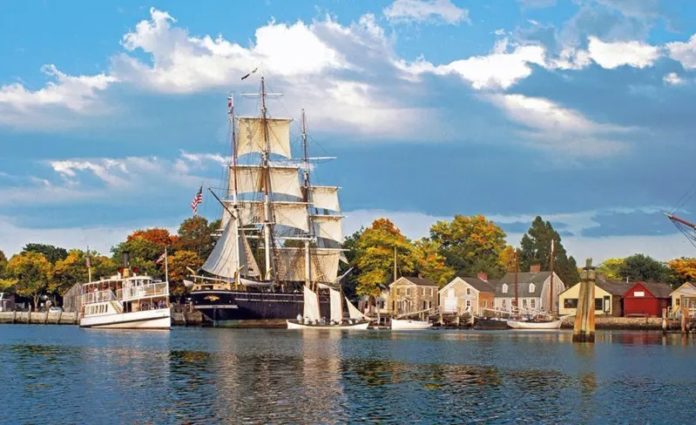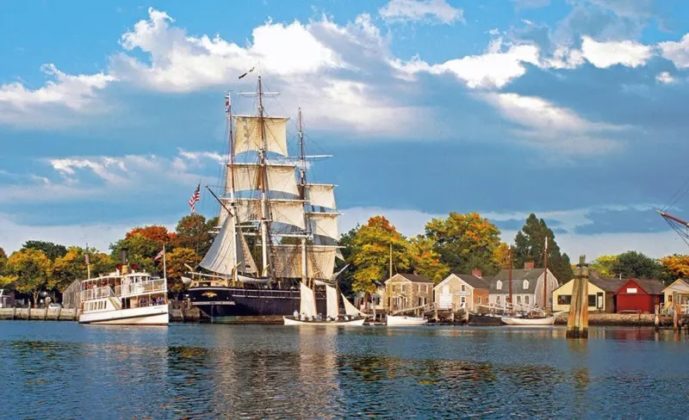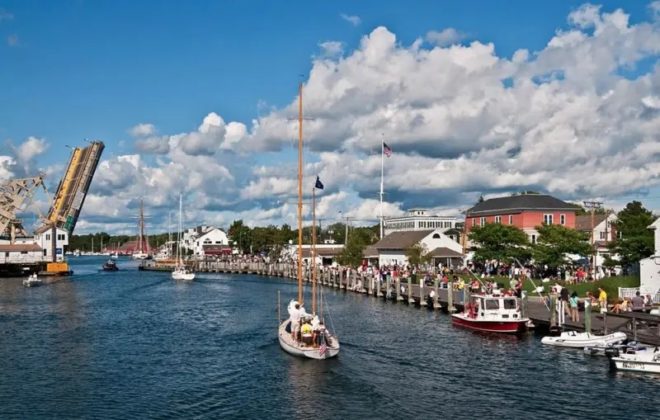How Mystic, CT Got its Name
Mystic has long been a favorite tourist destination with shopping, dining, and a little New England charm. But have you ever wondered about Mystic’s name? Mystic was just one of a number of small villages that sprang up along the Mystic River. Today those villages include Noank, West Mystic, and Old Mystic.
When the first European settlers came to the area they thought that the Pequot Indians called the river something that sounded, to their English ears, a lot like the word “mystic.” When that two-syllable sound was translated it turned out to be not about religion, but the tides. Mystic, in Pequot, meant “great tidal river.” The word “great” was interesting because the river only runs for about a half dozen miles from Lantern Hill to Fishers Island Sound.
But, it turns out that the meaning of “great” referred not to the river’s length, but to its usefulness. The river is, in fact, a tidal estuary that provides the perfect mix of salt and fresh water for shellfish, such as oysters and clams, to thrive. Shellfish were a staple of the Native American diet and the river had plenty, so to them, it was “great.”
The Mystic River was useful in other ways too. In colonial times there were no roads and transportation was by water. The river’s natural harbor was a protected spot for vessels sailing up and down the New England coast. Also, the river was surrounded by forests which made it perfect for shipbuilding. Shipyards sprang up along both sides of the river and the Mystic River became a major shipbuilding center. One of those shipyards is where the Mystic Seaport is today.
The village of Mystic is actually part of two different towns. The west bank of the river is part of the town of Groton and the east side of the river is part of the town of Stonington. Originally the Groton side was called Portersville. It is unclear when, or for whom, Portersville was named but in 1851 the Groton side, where the downtown is today, became known as Mystic River. The Stonington side was named Mystic Bridge.
The small village at the head of the Mystic River was renamed Old Mystic in 1890 by the Post office to help alleviate some of the confusion caused by all the similar names. At the same time, the villages of Mystic River and Mystic Bridge became known collectively as Mystic.
The next time you’re in town shopping or eating at one of the many great restaurants you can thank the Pequot’s and the postal service that you’re not in Portersville. That name just doesn’t have the same ring to it.














